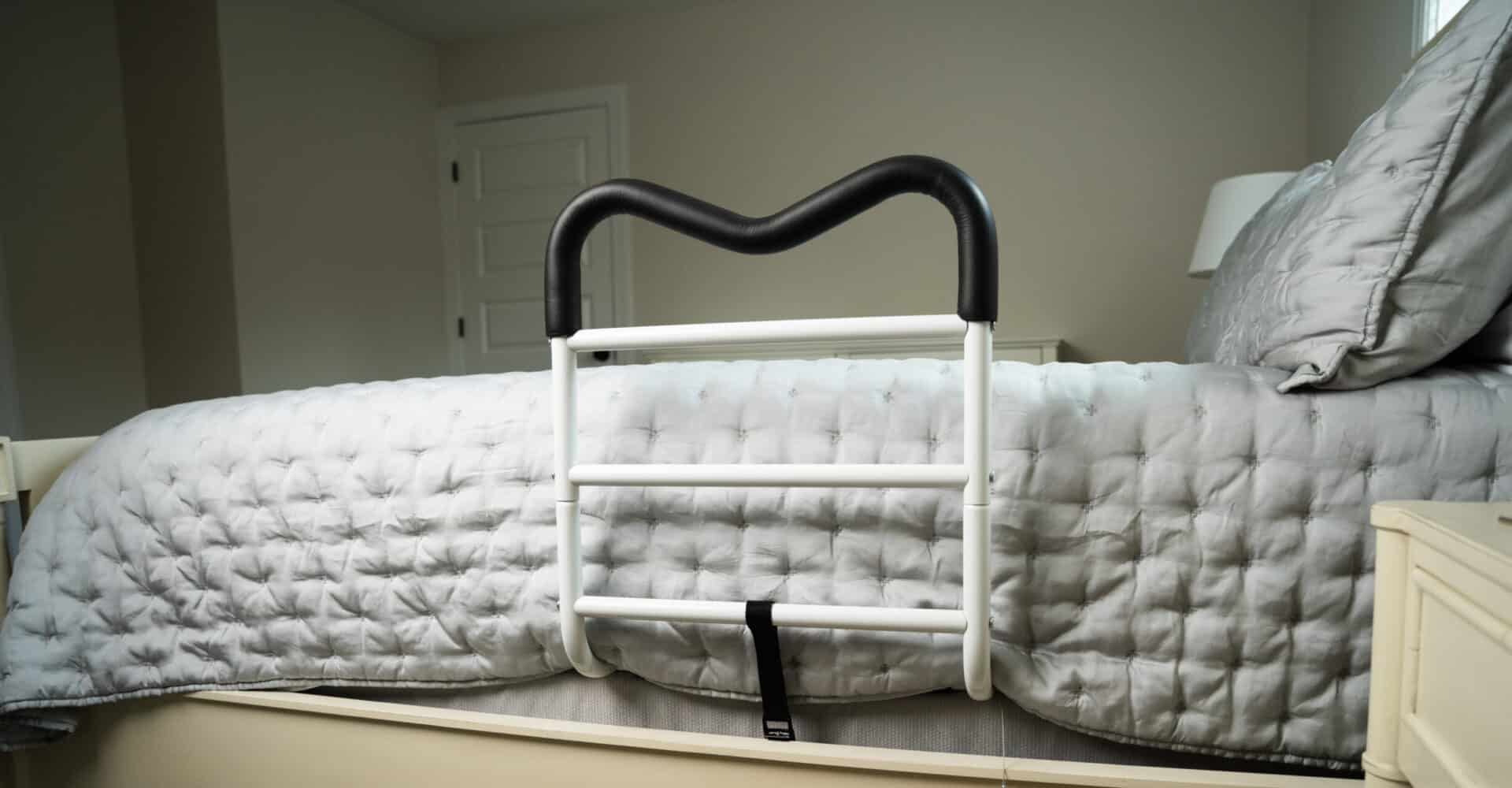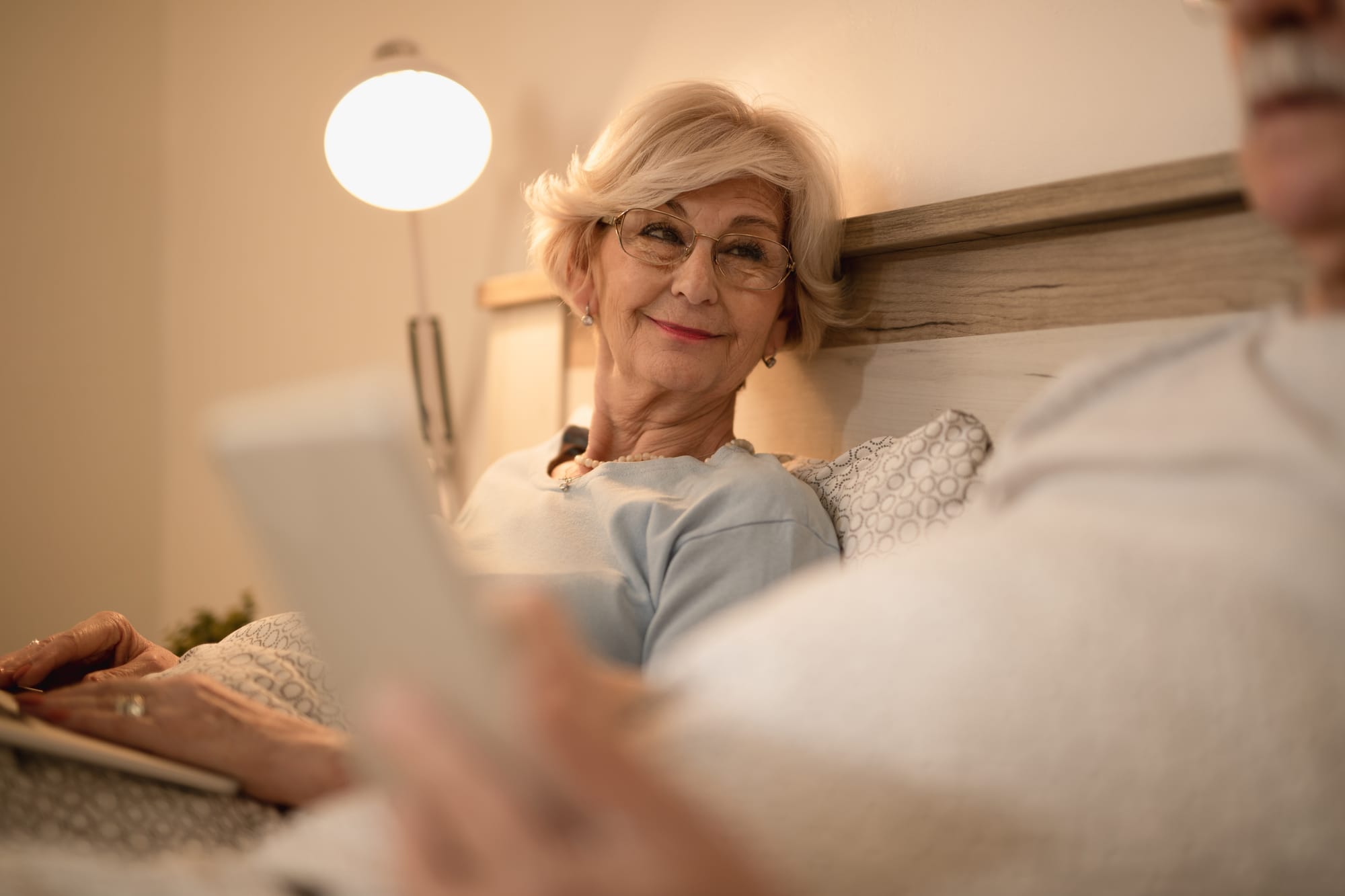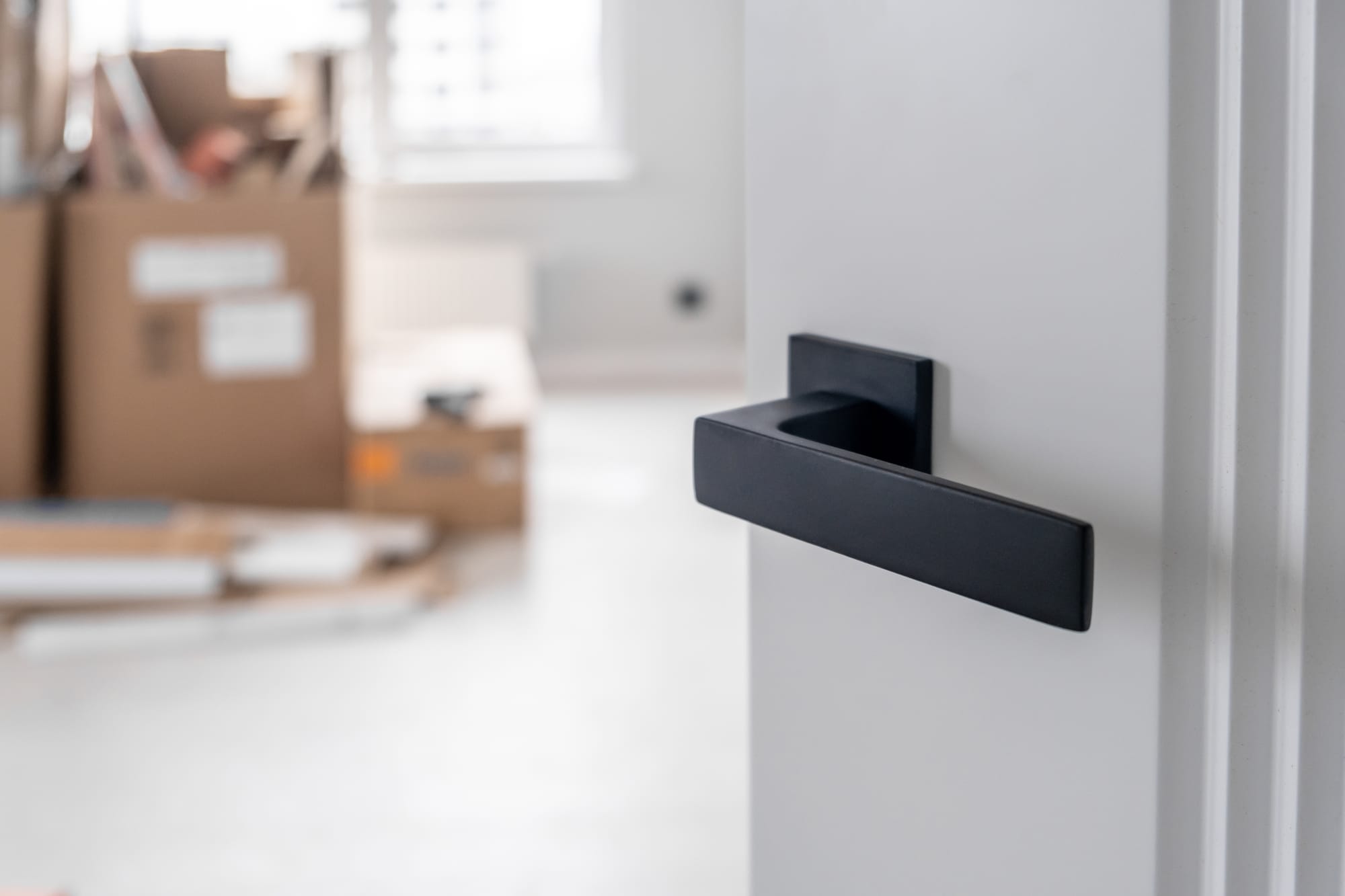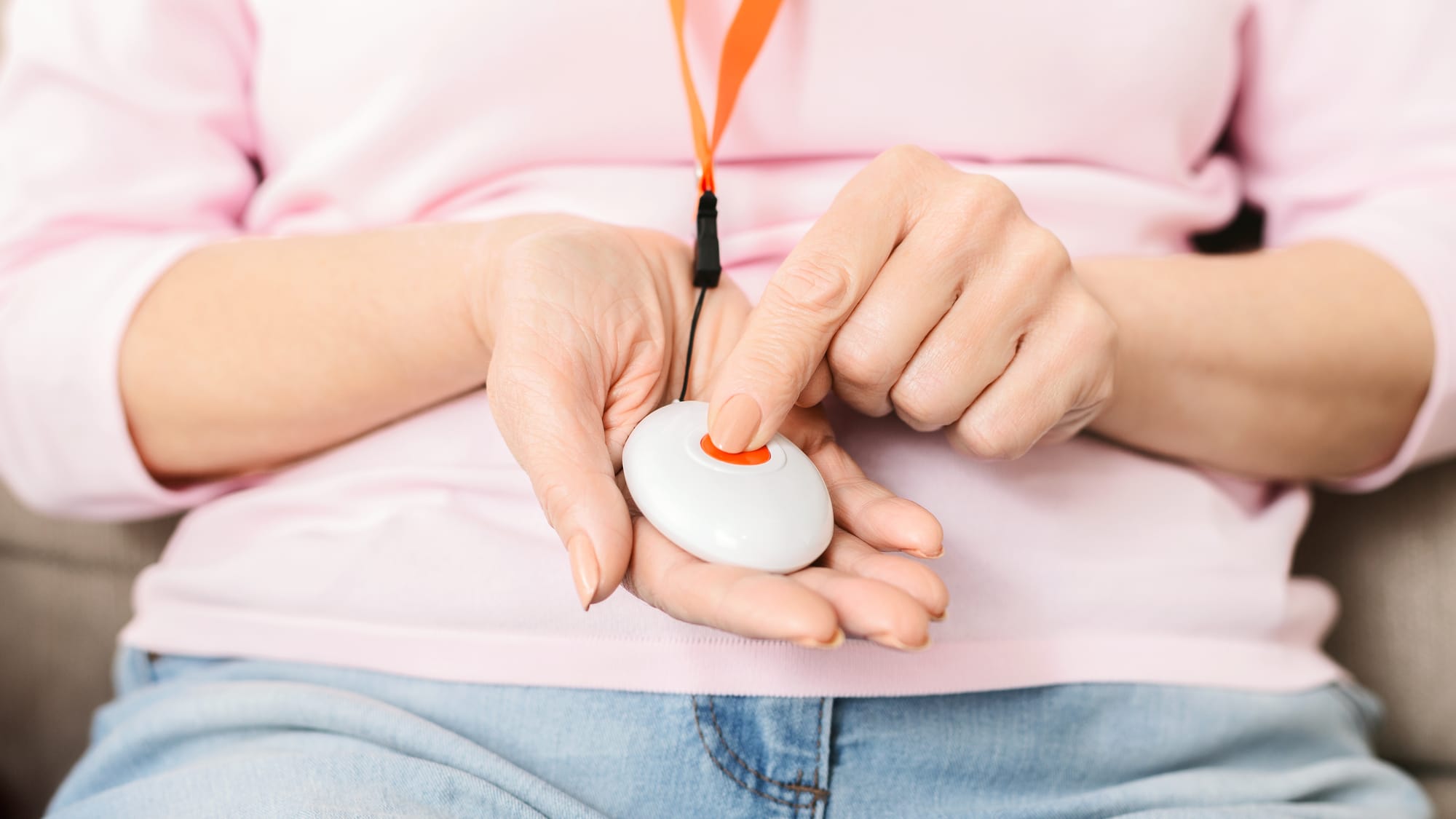From Challenges to Comfort: Palliative Care for Dementia Patients
Practical ways palliative care makes life more comfortable for dementia patients, addressing their physical and emotional needs with care.
As we age, the comforts of home become even more cherished, yet the same space can also pose new risks. With a few thoughtful adjustments, a familiar home can become a safer and more accommodating place to continue living independently.

As the population ages, home safety becomes one of the top concerns for families. The good news is that making a home more accommodating for seniors doesn't require a major overhaul. Instead, a series of practical changes can greatly enhance comfort, accessibility, and safety. In this article, we will go over a few of the low hanging fruit for modifying a house to be age-friendly.

Imagine the security of having a steady hand to hold onto just when balance is most needed. That’s what grab bars offer, a lifeline in the tricky areas of the home.
Optimal Placement:

How to Install:
Attaching grab bars securely is extremely important, or you can do more harm than good. Call a licensed contractor or handyman if you don't feel confident installing them on your own. Ideally, mount them into wall studs for maximum strength. When studs aren’t conveniently located, heavy-duty toggle bolts are an alternative solution, especially for installations involving tile or drywall. These bars should withstand at least 250 pounds, following ADA guidelines.
Design Tips:

Vision naturally declines with age, making adequate lighting extremely important. A well lit room can have beneficial effects on mood, safety, and makes it feel like more of a home.
General Tips for a Bright, Safe Home:
Strategic Enhancements:
Accessible Controls:
Consider replacing traditional switches with rocker-style alternatives. These are easier to use, especially for those with limited dexterity. Even better, voice-activated or smart lighting can add an extra layer of convenience.

Falls are a leading cause of injury among seniors, making non-slip surfaces essential. It can be tricky to navigate challenging areas that get wet when you get older and mobility is reduced. Think about the places where the floor can get wet as well, like the kitchen or bathroom. There are also special treatments you can apply to floors to make them less slippery, which is especially useful in the bathroom.
Safer Flooring Options:
Rug Wisdom:
Outdoors, Too:
Prevent outdoor slips by applying non-slip paint or placing adhesive strips on steps and walkways. Ensuring proper drainage keeps puddles from forming on frequently traveled paths.

Fine motor skills can deteriorate, and twisting or gripping small objects may become a challenge. Simple changes to handles and faucets can alleviate frustration and improve daily life.
Upgrading Door Handles:
Swapping round doorknobs for lever-style handles simplifies opening doors for those with reduced hand strength. Automatic door openers are an option for main entryways.
Kitchen and Bathroom Faucets:
Lever-style or touchless models reduce strain on hands. Look for options with clear hot and cold markers, or choose temperature-controlled faucets to minimize the risk of accidental burns.

An emergency alert system offers peace of mind, bridging the gap between independence and safety. You don't need to start with a dedicated device, an Apple Watch could work well, as long as the person wearing it knows how to use it to call for help.
Choosing the Right System:
Key Features to Look For:

The heart of the home, the kitchen, should be a welcoming place where elders can continue to prepare meals with ease.
Smart Storage:
User-Friendly Appliances:
Work Surface Adaptations:
Implementing these thoughtful modifications can make a world of difference, transforming a home into a haven for aging comfortably. When considering these changes, involve the person who will benefit most to ensure every adaptation meets their unique needs and preferences.